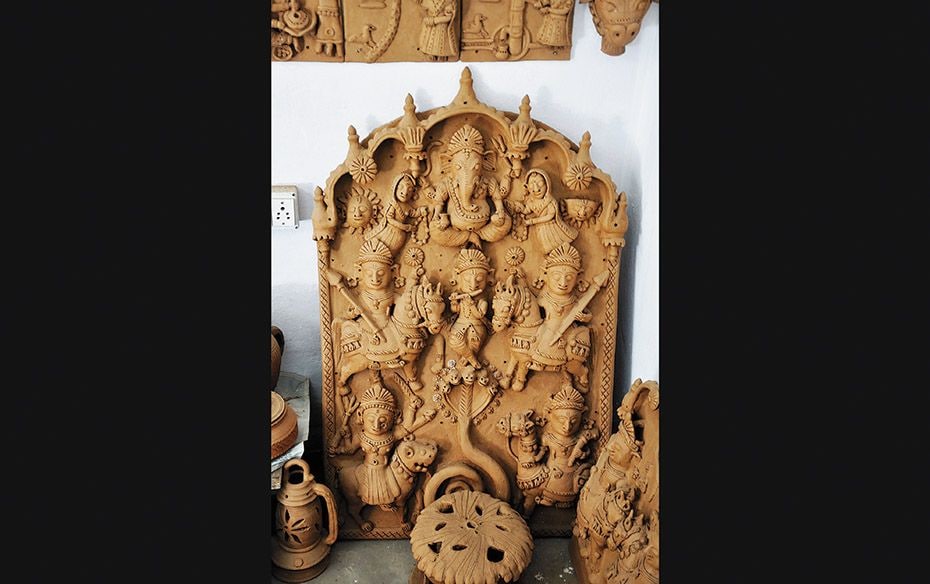
Image by : DAG Library & Archive
3/9
Molela terracotta, Rajasthan
Molela village in the Rajsamand district of Rajasthan has gained the distinction of making flat surface terracotta tablets embossed with images of tribal gods and goddesses that make their way across the country to be sold in urban markets. More here...